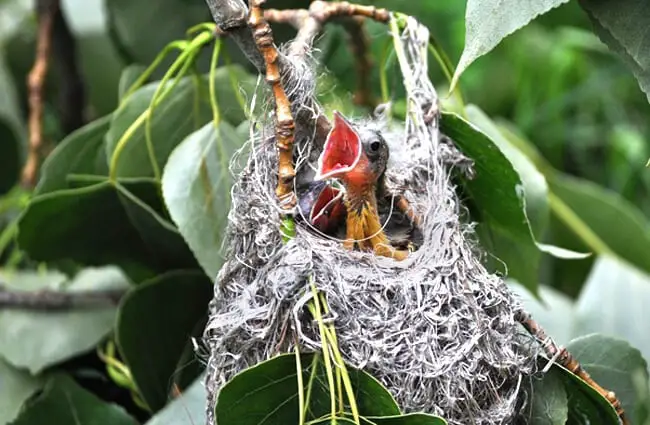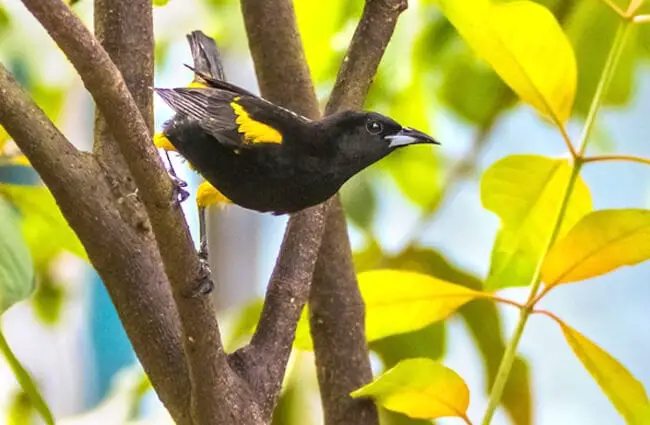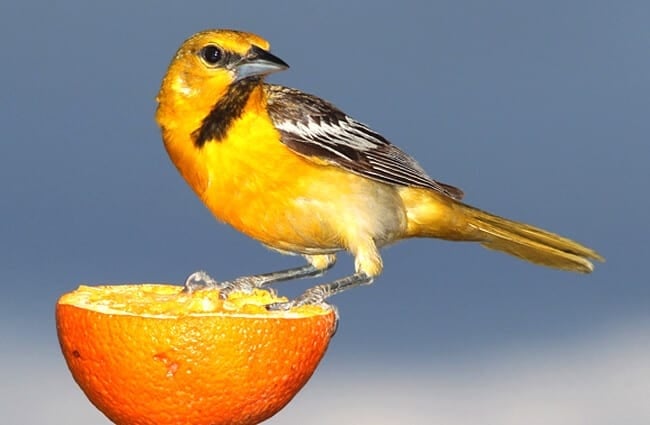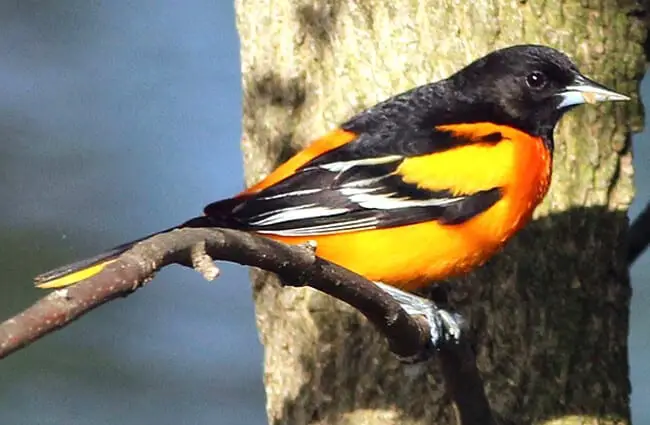A Comprehensive Guide to Orioles
Orioles are members of the Icteridae family, a group that also includes blackbirds, grackles, and cowbirds. These songbirds are renowned for their bright plumage and melodious calls, and they play important roles in the ecosystems where they live. Whether you are a seasoned ornithologist, a budding naturalist, or simply someone who enjoys birdwatching, this guide will give you a thorough understanding of orioles.

Understanding Oriole Species
There are more than 30 oriole species worldwide, most of which are found in warm, tropical, or subtropical regions. In North America the most familiar species are the Baltimore Oriole (Icterus galbula), the Eastern Orchard Oriole (Icterus spurius), the Western Orchard Oriole (Icterus subalaris), and Bullock’s Oriole (Icterus bullockii). The Baltimore Oriole is the most recognizable, with a bright orange body and black wings and tail. The orchard orioles are more subdued, with reddish‑brown plumage, and Bullock’s Oriole has a golden‑yellow hue.
Species Distribution and Migration
Many North American orioles are long distance migrants. Breeding populations are found in the eastern or western United States and Canada, and the birds travel thousands of miles south to Central and South America to winter. Migration routes and wintering areas differ among species, and modern tracking using geolocators is revealing more detailed patterns.
Habitat and Diet
Orioles prefer open woodlands, deciduous forests, and orchards—hence the name “orchard oriole.” They need mature trees for nesting and foraging, but they also thrive in suburban areas with sufficient tree cover. Their diet is varied: in addition to insects, caterpillars, and other invertebrates, orioles consume fruit, berries, nectar, and occasionally small vertebrates. Because they feed on nectar, some species act as pollinators.

Foraging Behavior
Orioles are active foragers that glean insects from leaves and branches and pry caterpillars out of their silk cocoons. They also feed on a variety of fruits, including berries and citrus. Many bird enthusiasts offer sliced oranges at feeders because orioles enjoy the sweet fruit. Some orioles are also attracted to hummingbird feeders and drink the sugary nectar.
Oriole Reproduction and Life Cycle
Breeding typically begins in spring, when insects and fruit are abundant. Males attract females with song and courtship displays. While most species form monogamous pairs, some males may engage in extra pair copulations. Orioles build hanging nests that are woven from plant fibers, grasses, and hair. The nests are suspended from the tips of tree branches, providing protection from predators. A clutch normally contains 3 to 7 eggs, which the female incubates for 12 to 14 days. The altricial hatchlings depend entirely on their parents for food and care. They leave the nest after about 10 to 12 days but stay with their parents for several weeks.

Nesting Behavior
The female does most of the nest construction, weaving a tightly knit pouch that hangs securely from a branch. The structure is strong and can withstand wind and rain. Orioles sometimes build nests close to other bird species but generally do not compete for nesting sites. Many orioles repair and reinforce their nests each year, and some reuse old nests for new broods.
Ecological Role and Interactions
As insectivores, orioles help control populations of potentially damaging insects. By eating fruit and berries, they also disperse seeds. Their nectar‑feeding habits contribute to pollination. Orioles are preyed upon by hawks, falcons, snakes, and raccoons, and they sometimes compete with other birds for food and nesting sites.

Orioles and Other Species
Some orioles engage in kleptoparasitism, stealing food from other birds. They have been observed following woodpeckers and snatching insects from the woodpecker’s excavations. In this way they benefit from the foraging activities of other insectivores, and they help maintain a balanced ecosystem.
Orioles and Humans
Orioles have long been admired for their colorful plumage and beautiful songs. In many cultures they symbolize good luck, prosperity, and new beginnings. People welcome orioles into gardens and orchards. However, habitat loss, pesticide use, and climate change threaten their populations. Conservation efforts, such as protecting nesting trees and reducing pesticide exposure, are essential for their long‑term survival.

Attracting Orioles to Your Yard
To attract orioles, provide a source of fresh water, plant fruit‑bearing trees and shrubs, and offer sliced oranges or grape jelly. Avoid pesticides and create dense foliage for nesting. Providing nesting materials—such as small twigs, grasses, and hair—can encourage orioles to build nests in your yard. Remember to clean feeders regularly to prevent disease spread.
Advanced Ornithological Insights
Recent genetic studies reveal subtle differences among oriole populations, suggesting the possibility of subspecies. Research on vocalizations shows regional dialects and learned song patterns. Climate change is altering migration timing and breeding success, raising concerns for future populations. Long‑term monitoring programs are vital for tracking population trends and evaluating conservation strategies. Analyses of feather samples can reveal diet, migration routes, and exposure to environmental contaminants.

A Final Note
Orioles are remarkable birds that enrich our natural world. Their beauty, song, and ecological importance deserve our appreciation and protection. By learning about their biology, behavior, and challenges, we can help conserve these birds and ensure their continued presence in our ecosystems for generations to come.


![Red Angus Closeup of a beautiful Red Angus cowPhoto by: U.S. Department of Agriculture [pubic domain]https://creativecommons.org/licenses/by/2.0/](https://animals.net/wp-content/uploads/2020/03/Red-Angus-4-238x178.jpg)




![Red Angus Closeup of a beautiful Red Angus cowPhoto by: U.S. Department of Agriculture [pubic domain]https://creativecommons.org/licenses/by/2.0/](https://animals.net/wp-content/uploads/2020/03/Red-Angus-4-100x75.jpg)

